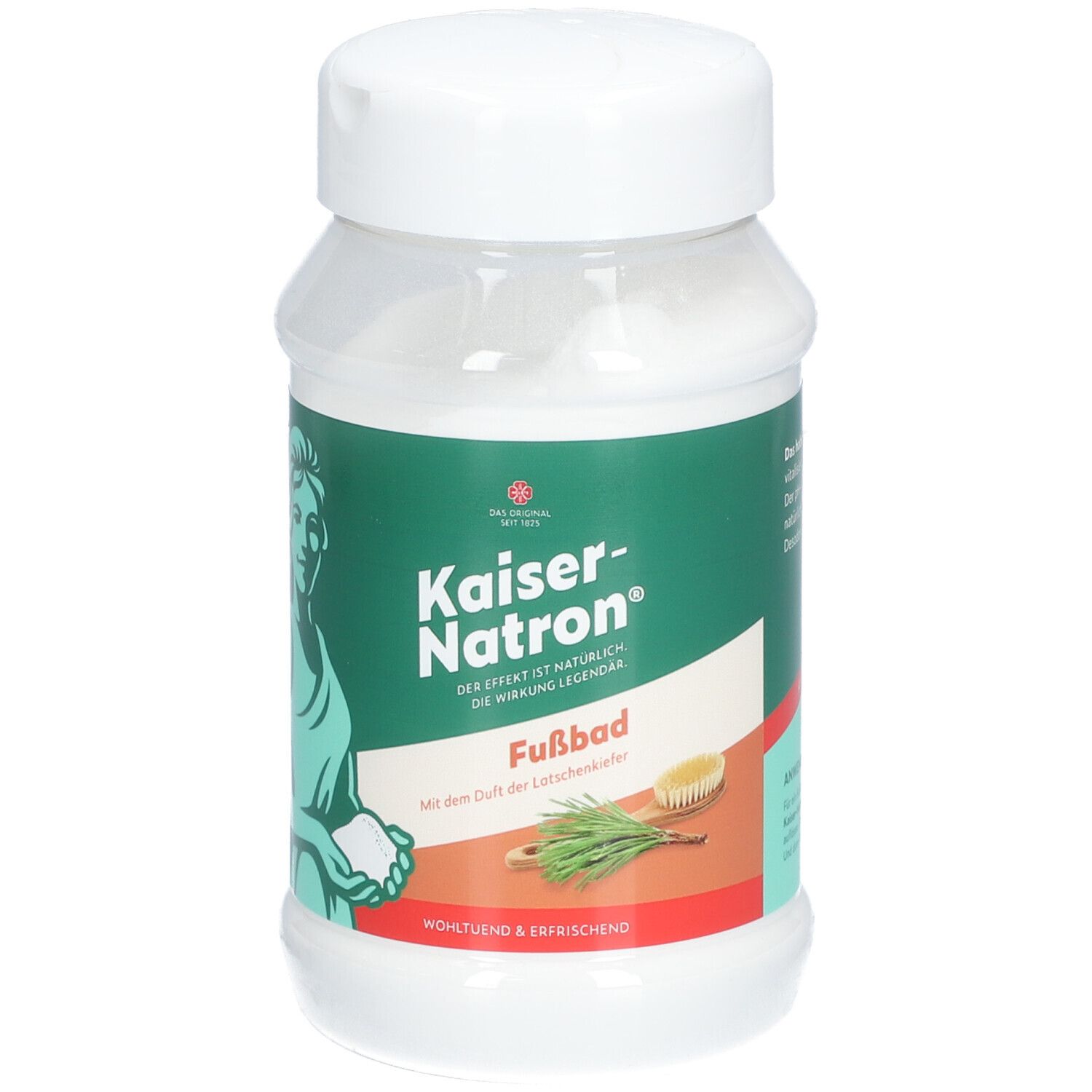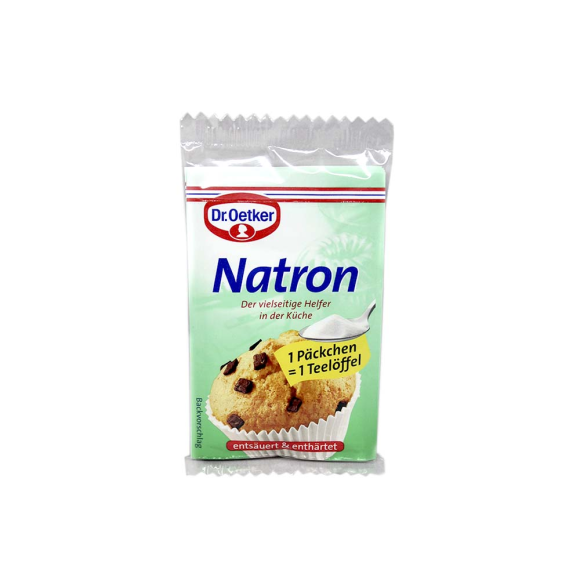


In the past, undiluted natron was used as a cleanser for teeth and as a mouthwash. Moreover, this compound can soften water while removing oil and grease.

It has been used for thousands of years as a cleaning agent for households as well as for the body. Historically, natron was obtained directly as a salt mixture from dry lake beds that were found in ancient Egypt. Sometimes, natron deposits can be found in saline lake beds, which arise in arid environments. But it turns yellow or grey with impurities. This is a white to colorless compound in its pure form. Natron has around 17% of sodium bicarbonate. Sodium carbonate decahydrate has the chemical formula Na 2CO 3. Natron is a mixture of sodium carbonate decahydrate and sodium bicarbonate. Summary – Natron vs Baking Soda What is Natron? Natron and baking soda are closely related chemical compounds because both these compounds are sodium-containing compounds that are useful for their mineralogical importance. The key difference between natron and baking soda is that natron is a mixture of sodium carbonate decahydrate and sodium bicarbonate, whereas baking soda is sodium bicarbonate.


 0 kommentar(er)
0 kommentar(er)
